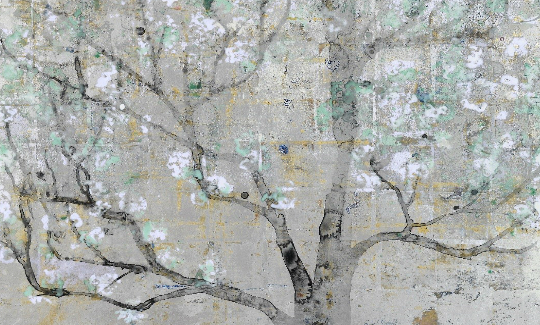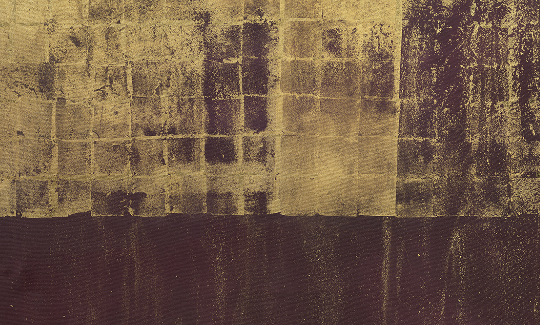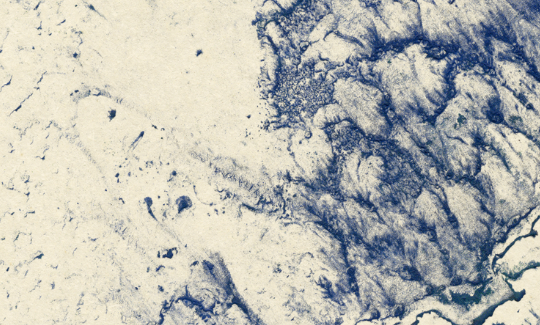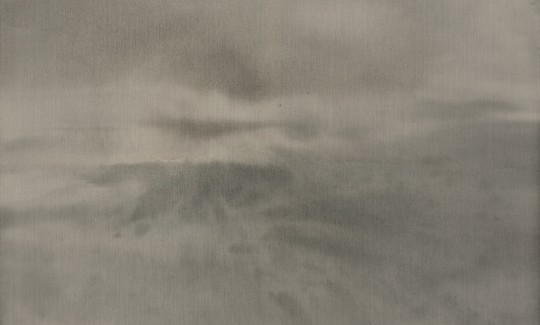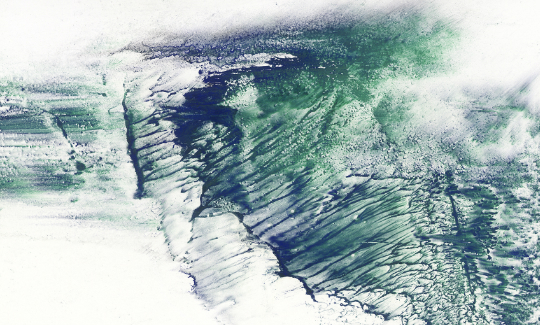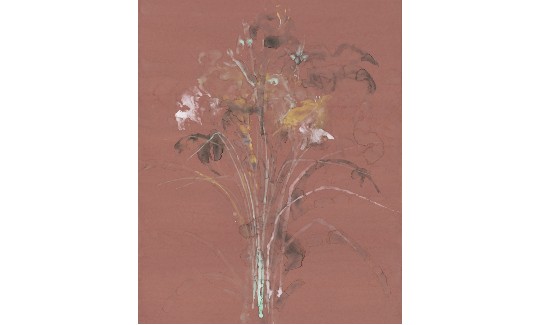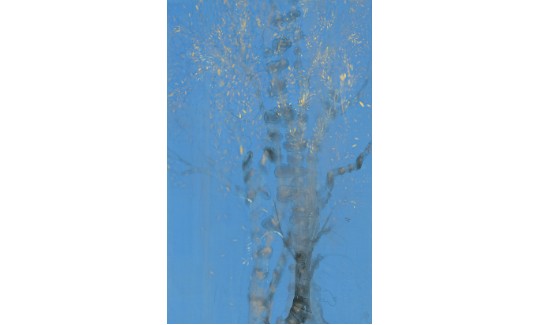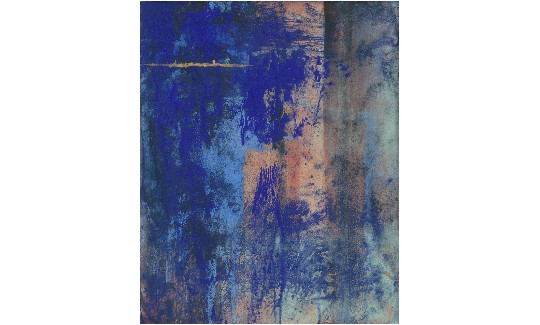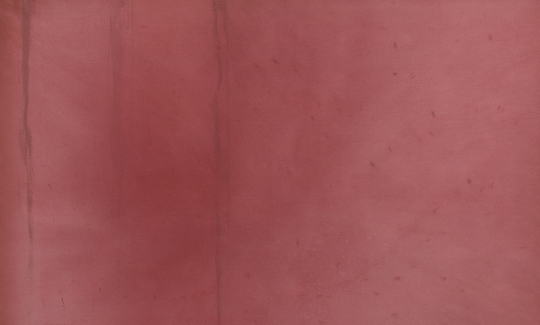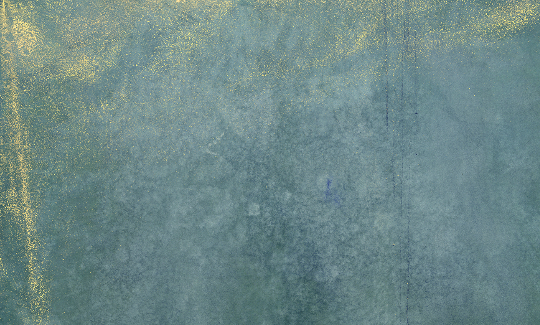New exhibition at the Tikotin Museum of Japanese Art
The Beauty of Silence / The Artwork of Makoto Fujimura
Curator: Dr. Ilana Singer Blaine
Makoto Fujimura is a contemporary artist. Thanks to the exhibitions, writings, lectures and symposia he conducts throughout the world, he is valued for his impact on culture as well as for his inspiration to both artists and art lovers. The fusion between cultures, between traditional, Japanese art and the fresh contemporary abstract-expressionism is at the heart of Fujimura’s artistic approach.
Makoto Fujimura grew up in Japan and the United States of America. He studied art and biology for his Bachelor of Arts degree and then, he became an apprentice of the renowned Japanese artist.
Fujimura's life changed when he first visited a traditional, Japanese art utensils' store. There, vials of powder-pigments produced from minerals, soil, corals, semi-precious stones etc. were neatly arranged on the shelf. Captivated by those pigments, Fujimura abandoned the use of acrylic colours in preference of the mineral pigments. He also began to use gold and silver leaf.
Fujimura's paintings are abstract and innovative. He adds pigments with a wide brush or pours them on to the surface of the work that is placed horizontally on the floor. Concentrating on his feelings and thoughts, his intention is to give expression to visual aspects with unmediated directness. Either on paper or canvas, Fujimura creates a contemplative space with visual cues that characterize western modernism and traditional, Japanese painting alike.
The result is well controlled, energetic, abstract-lyrical images. These contain literary clues to internal dilemmas and phenomenological questions. Sometimes Fujimura adds gold inscriptions on the upper part of his paintings. Because these are usually quotes from the Bible, he is considered one of the leading, contemporary artists engaged in bringing together art and faith.
The significance of Fujimura’s painting lies in the moment of their creation. It does not function as a mere imitation of nature, but rather constitutes a natural process whose essence lies in its happening. While the abstract and mysterious surfaces appear to express a way of creating which is spontaneous, they, nevertheless, present a difficult challenge because of the simplicity and the limited means available. For although the painting expresses a deliberate carelessness, still it represents the outcome of training and contemplation. Indeed, the components of the artwork-- the ink stains, the act of casting the pigments upon the surface and the space are like musical sounds creating a soundless harmony - the beauty of silence. Together the scant pigment and space create a unifying wholeness, known in Japanese art as a Charged Emptiness (ma) wherein a mere hint suffices to encompass the whole, wide world.
Going to the extreme of the "empty," by abstaining completely from the use of colour would constitute a metaphysical speculation (nihilism). However, Fujimura’s works are not in any way nihilistic. The few pigments in his “Golden Fire” emphasize the golden surface, while, in turn, it affirms them. Fujimura succeeds in using both elements just enough to arouse interest and stimulate the thoughts of the spectator. Indeed, “empty spaces" in his works invite the viewer to be active.

